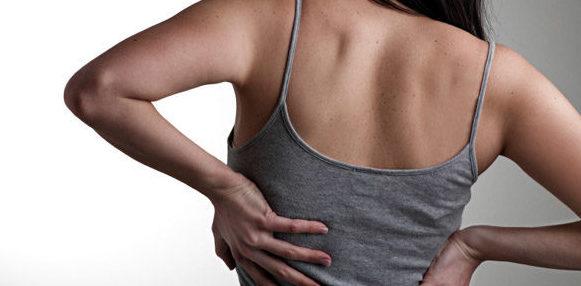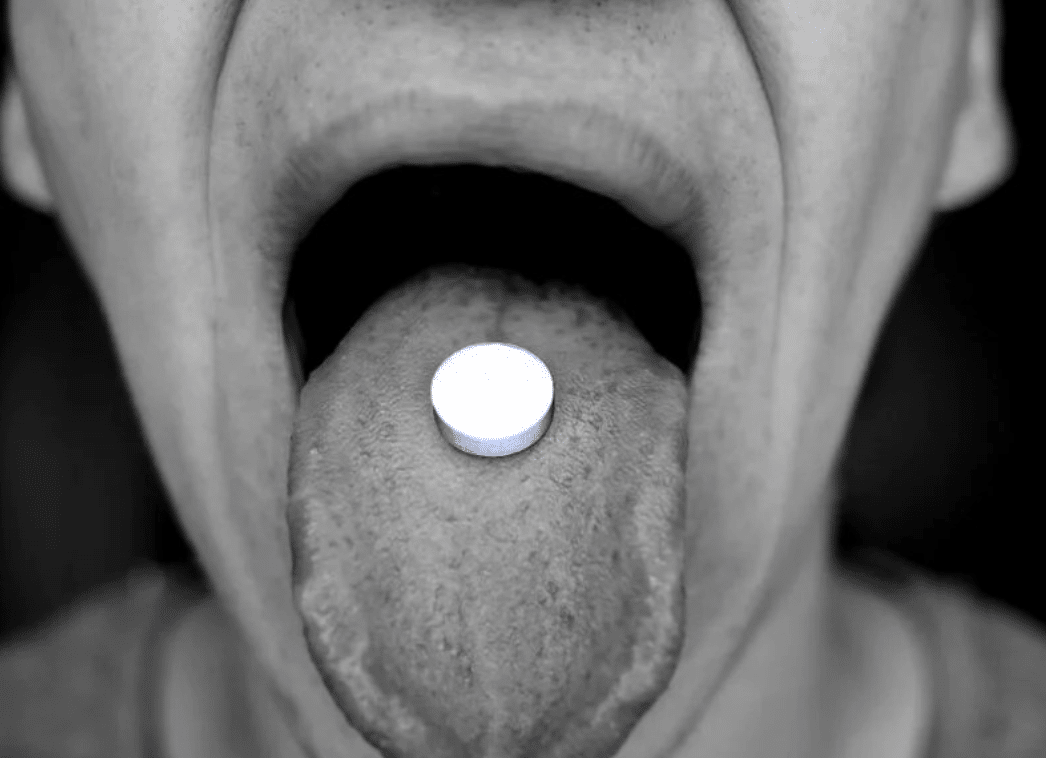As early as 2500 B.C.E cryotherapy, or ‘ice-healing’, has been used to relieve sore joint and muscle pain by some of the earliest civilizations such as the ancient Egyptians, Greeks, and Phoenicians. The practice of cryotherapy has remained in tradition to this day and is commonly used amongst holistic medical professionals and individuals in alternative medical fields. Cryotherapy techniques provide four primary benefits for the body; pain relief, anti-inflammation, muscle relaxation, and vasomotion. Vasomotion, or vasomotor, refers to blood flow within a blood vessel. Upon injury blood vessels may experience restriction of blood flow, which means ice will be needed in order to widen the blood vessel also known as vasodilatation.
When joint and muscle pain is experienced the first rule of thumb is to diagnose the level of inflammation from the injury. This may include; acute inflammation, sub-acute inflammation, and chronic inflammation. The level of inflammation will determine the proper methodology of hot and cold temperature application to reduce pain and swelling. The best example of this is the R.I.C.E formula which is an acronym for Rest, Ice, Compression, and Elevation.
Acute Inflammation
If the injury is acute and there is only minor inflammation than the first two steps of the R.I.C.E formula will need to be followed. This is “rest” and “ice”. By resting the injured joint and/or muscle and applying a cold pack intravenously for 10 to 20 minutes inflammation and swelling may significantly reduce. This is primarily because the cold pack will allow the constricted blood vessels to widen creating adequate blood flow.
Sub-acute Inflammation
For injuries that result in sub-acute inflammation rest, ice, and compression will need to be the steps followed in the R.I.C.E formula. Compression is important because it aims to reduce over-excessive swelling which can result in significant loss of functionality in the injured limb as well as increased pain and slowing of blood flow through vasoconstriction. An elastic bandage should be used to compress ice to the injured joint or muscle as opposed to a plastic bandage. This is because elastic allows for proper blood flow while compressing ice to the injured limb. Non-elastic bandages may result in further reduction of blood flow. If possible, use compression stockings or sleeves to manage swelling.
Chronic Inflammation
If an injury results in chronic inflammation yet can still be treated from home than all of the steps of the R.I.C.E formula will need to be followed. This includes elevating the injured limb. Chronic inflammation usually takes the longest to heal as the blood vessels are constricted and the joint and/or muscle is experiencing a mass amount of swelling. In this situation be sure to continuously elevate the injured limb while compressing cold temperature treatments such as ice packs or even cold water. Time will be the ultimate factor for reducing the swelling and trying for vasodilatation of the blood vessels.
How many pounds have you lost this month? At Dieta Efectiva you can lose 10-12 lbs your first week and 2 – 5 lbs every week after. Visit us dietaefectiva.net to learn more about our program
NN:DT







